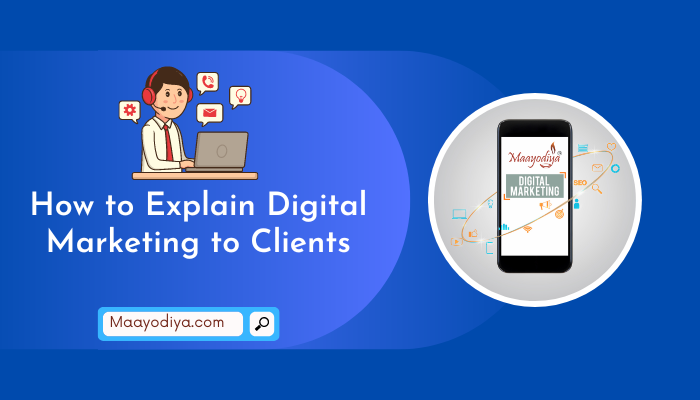
The demand for skilled graphic designers is increasing rapidly in today’s digital age. If you have a passion for visual arts and creativity, you might be wondering how to become a graphic designer at home. The good news is that with the right mindset, tools, and a bit of guidance, you can embark on a fulfilling journey into the world of graphic design from the comfort of your own space.
Understanding the Basics: What is Graphic Design?
Before diving into the practicalities of becoming a graphic designer at home, let’s start with the basics. Graphic design is the art of combining text and images to convey a message visually. It’s about creating aesthetically pleasing and effective designs that communicate a specific idea or emotion. From logos and branding to web design and marketing materials, graphic designers play a crucial role in shaping the visual identity of businesses and organizations.
Let’s Know: How to Become a Graphic Designer at Home
Developing a Creative Mindset: Cultivate Your Design Skills
To become a successful graphic designer, you need more than just technical skills. Cultivating a creative mindset is equally important. Start by observing the world around you and paying attention to design elements in everyday life. Look at advertisements, websites, and packaging with a critical eye. What works well? What could be improved? By analyzing existing designs, you’ll begin to develop a deeper understanding of what makes a design visually appealing and effective.
Educational Resources: Learn the Fundamentals
While formal education is not a strict requirement for becoming a graphic designer, acquiring a solid understanding of the fundamentals can significantly boost your skills. Fortunately, there are numerous online resources that cater to aspiring graphic designers. Platforms like Skillshare, Udemy, and Coursera offer courses on design principles, color theory, typography, and popular design software.
Mastering Design Software: Adobe Creative Cloud and Beyond
One of the essential aspects of graphic design is proficiency in design software. Adobe Creative Cloud is the industry standard and includes tools like Photoshop, Illustrator, and InDesign. Familiarizing yourself with these applications will open up a world of possibilities for your design projects. Additionally, explore other design tools and software that cater to specific design niches, such as Canva for quick and easy designs or Sketch for interface design.
Building a Portfolio: Showcase Your Skills
As you progress in your graphic design journey, it’s important to start building a portfolio showcasing your work. Your portfolio is your visual resume and a testament to your skills as a designer. Include a variety of projects that showcase your versatility, from logo designs and social media graphics to website mock-ups. Platforms like Behance and Dribble provide excellent spaces to showcase your portfolio and connect with other designers.
Networking: Connect with the Design Community
Networking is a crucial aspect of any career, and graphic design is no exception. Join online communities, forums, and social media groups dedicated to graphic design. As a designer, it’s important to connect with others in your field, share your work, and ask for feedback to improve your skills. Building connections within the design community not only provides valuable insights but also opens up opportunities for collaboration and freelance work.
Freelancing: Gain Real-world Experience
To gain real-world experience and build a client base, consider freelancing as a graphic designer. Websites such as Upwork, Fiverr, and Freelancer provide platforms for connecting with clients in need of design services. Taking on freelance projects not only hones your skills but also adds practical experience to your portfolio. Remember, every project is a chance to learn and improve.
Staying Updated: Embrace Continuous Learning
The field of graphic design is a constantly evolving industry where trends and technologies are always changing. Stay updated on the latest software updates, design trends, and industry news. Follow design blogs, subscribe to newsletters, and participate in webinars or online workshops. Continuous learning is key to staying competitive and ensuring your designs remain fresh and relevant.
Balancing Work and Life: Establish a Routine
Working from home requires discipline and a well-established routine. Set designated work hours for your graphic design endeavors, ensuring a healthy balance between work and personal life. Create a dedicated workspace that inspires creativity and minimizes distractions. Taking breaks, staying physically active, and maintaining a healthy lifestyle contribute to sustained creativity and productivity.
You May Also Read: Best Social Media Marketing Course in India
Overcoming Challenges: Persistence is Key
Becoming a graphic designer at home may come with its challenges, including self-doubt and the occasional creative block. It’s crucial to persevere through these challenges. Remember that growth takes time, and every setback is an opportunity to learn and improve. Seek inspiration from other designers, experiment with new styles, and embrace the learning process. Persistence is key to unlocking your full potential as a graphic designer.
In conclusion, becoming a graphic designer at home is a journey that combines technical skills, creativity, and a passion for visual communication. By understanding the basics, investing time in learning, building a portfolio, and networking with the design community, you can turn your love for design into a fulfilling and rewarding career. Embrace continuous learning, stay updated on industry trends, and persist through challenges – soon, you’ll find yourself creating impactful designs from the comfort of your own home.
Final Words:
If you’re ready to embark on your graphic design journey, start by exploring the fundamentals and mastering essential design software. Cultivate a creative mindset, build a strong portfolio, and connect with the design community. Remember, persistence is key to unlocking your full potential as a graphic designer at home.


